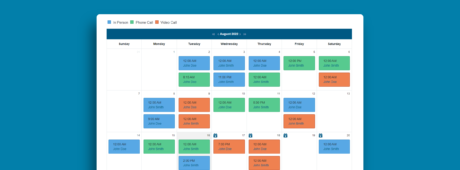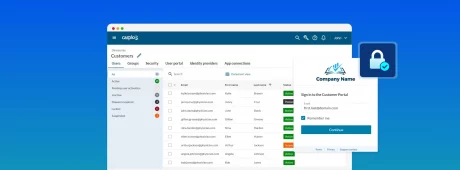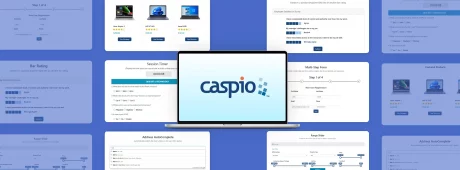3 Ways to Use GUIDs in Your Database Applications
September 8, 2014

 A GUID, or Globally Unique Identifier, is a unique reference number used as an identifier in databases and software development. A GUID is stored as 128-bit value and commonly displayed as 32 hexadecimal digits like this one: {25892e1780f6415f9c657395632f0223}. You may also see the term UUID (Universally Unique Identifier) used sometimes and the difference only lies in that a GUID usually refers to Microsoft’s implementation of UUID.
A GUID, or Globally Unique Identifier, is a unique reference number used as an identifier in databases and software development. A GUID is stored as 128-bit value and commonly displayed as 32 hexadecimal digits like this one: {25892e1780f6415f9c657395632f0223}. You may also see the term UUID (Universally Unique Identifier) used sometimes and the difference only lies in that a GUID usually refers to Microsoft’s implementation of UUID.
GUID numbers are so big that it is improbable to create duplicates, which makes its uniqueness almost guaranteed. GUIDs can be very useful when working with database related projects. Below we have listed three ways you can use GUIDs in your Caspio database applications.
Validate User Email— If an online database application allows users to create their own user profiles, you may want to add an email validation function. When a user submits their email via a registration Web Form, you can configure the app to send an acknowledgment email with a personalized validation hyperlink. The hyperlink must be unique for each user and using GUID would be ideal to generate those links. You can follow these step-by-step instructions to implement email validation with a GUID in your Caspio applications.
Protect Sensitive Data— Using complex IDs such as a GUID instead of autonumbers or other sequential IDs as the primary key to reference the records in a table can prevent data from being exposed in public-facing applications. For example, you may have set up a report based on a default criterion that will display the record when their ID is passed to the page. If the IDs in the URL look like a regular number, curious users may be tempted to enter other random values to see what would come up. Using a GUID reference will eliminate such possibilities.
Prevent Data Harvesting — A GUID is one of the methods used to prevent records from being scraped by malicious bots targeting your database data. If you have an Update Form or a Criteria Report based on sequential IDs, depending on what precautions you have taken, it may be easy for web scrapers to cycle through all your records by providing different IDs and then downloading all of the records. Using a GUID instead of sequential IDs is one way to prevent it from happening.
Feel free to sign up for a free trial account and test out the function yourself on the Caspio platform. If you have thoughts on other ways to use a GUID, leave a comment below to share your ideas.















